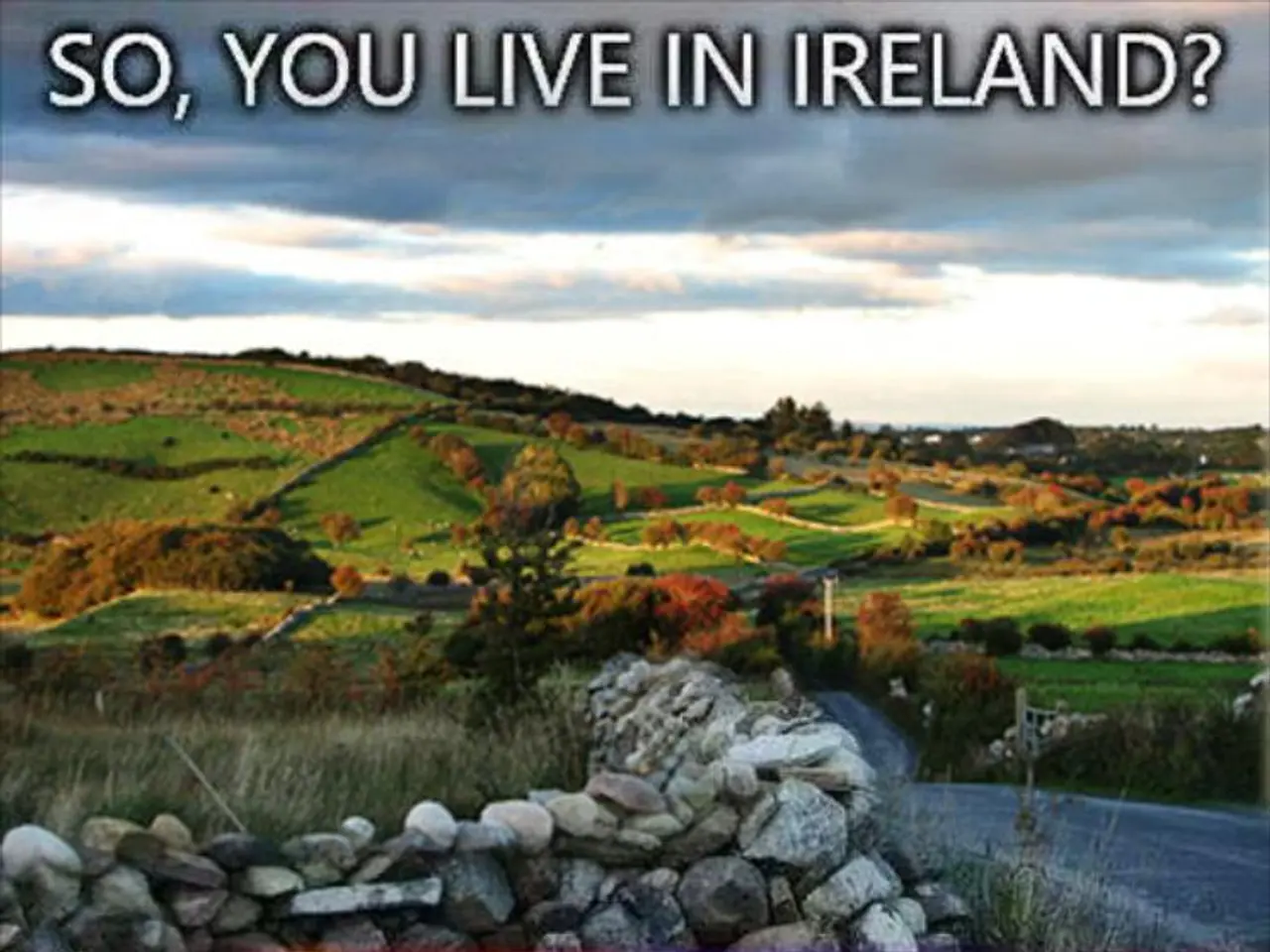Los Angeles Blaze Subdued and Controlled
In the heart of Southern California, the Los Angeles region is currently grappling with elevated wildfire risks. The combination of extreme heat, persistent drought, dry fuels, low humidity, and Santa Ana winds has created an environment highly conducive to fast-spreading and intense wildfires.
Last week, the "Canyon Fire" ignited approximately 60 kilometers northwest of Los Angeles, quickly spreading due to the unfavourable conditions. Despite significant progress made in firefighting efforts on Saturday, crews will continue to work overnight Sunday to secure residential areas and extinguish any remaining hotspots.
The "Canyon Fire" has already scorched nearly 22 square kilometers of land, with two homes and five uninhabited structures destroyed in its path. Thankfully, damage assessment teams have inspected most of the burned area, and residents in the affected region are now allowed to return to their homes.
The wildfire serves as a stark reminder of the devastating fires in January that claimed at least 31 lives in parts of Los Angeles. As the National Weather Service predicts temperatures around 36°C on Sunday in the region, they have issued a warning to avoid anything that could cause sparks.
The ongoing wildfire season has already surpassed historical averages in acreage burned and number of fires statewide. Large fires such as the Gifford Fire, which burned over 120,000 acres in nearby counties, are a testament to the intensity of these blazes. Southern California currently has multiple active fires, and widespread smoke advisories are in effect.
To mitigate wildfire risks and safeguard lives and property, authorities and experts emphasize vegetation management, fire risk assessment, community preparedness, and monitoring weather and fuel moisture. By focusing on these key areas, they aim to reduce fire intensity and spread, prepare crews and residents for changing fire conditions, and ensure coordinated evacuation plans and public awareness about fire-prone conditions.
Given the growing intensity of wildfires fueled by climate change and urban expansion into wildlands, fire safety in the Los Angeles region requires ongoing vigilance, proactive fuel management, timely weather monitoring, and community readiness for evacuation if needed. As the "Canyon Fire" continues to burn, the focus remains on containing the blaze and ensuring the safety of the community.
- The wildfires in Southern California, such as the ongoing "Canyon Fire," are closely linked to environmental science, specifically the impact of climate change on weather patterns and natural resources.
- In light of the increased wildfire risks, the emphasis on weather forecasting is paramount for scientists and authorities in predicting and managing potential disasters, like the "Canyon Fire."
- As sports-betting continues to gain popularity, it's essential to recognize that betting on sports becomes less relevant in times of emergency situations, such as wildfire-prone conditions in the Los Angeles region.
- To ensure the safety of the community and protect lives and property, officials appeal to individuals in the region to stay informed about environmental science related to climate change, weather conditions, and wildfire risks, so they can be prepared and take necessary precautions when needed.








